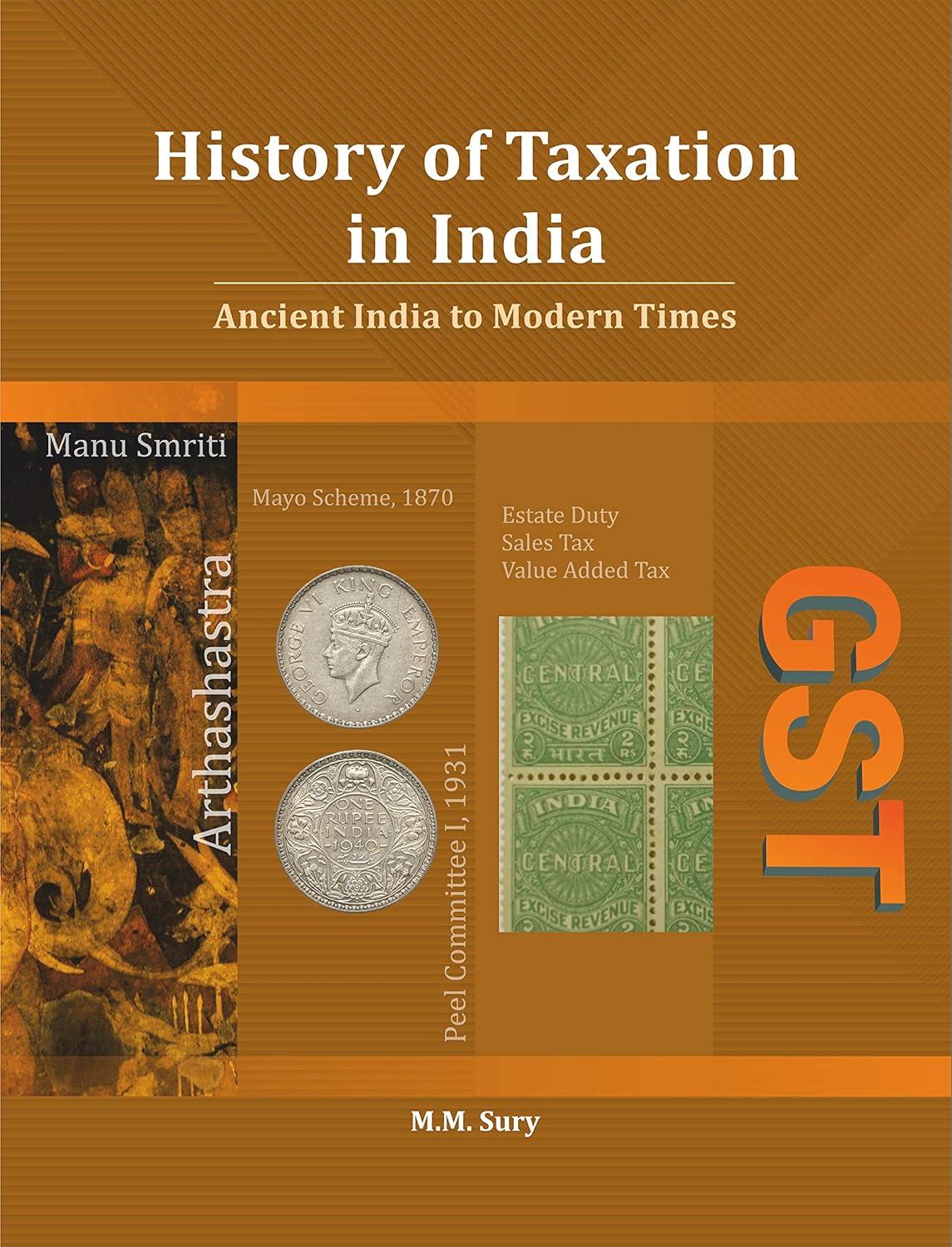History of Taxation in India: Ancient India to Modern Times
History of Taxation in India: Ancient India to Modern Times
Couldn't load pickup availability
Taxes are imposed so that a government may perform its traditional functions (defence, and maintenance of law and order), undertake welfare and developmental activities, and make provision for public goods to satisfy collective needs of the people. It has also to pay for its own administration. After Independence in 1947, the Indian tax system has undergone major structural changes. It has become comprehensive and complicated over the years. A historic tax reform in the form of goods and services tax (GST) was introduced in India from July 1, 2017. This book provides an exhaustive and critical account of various aspects of the Indian tax system in historical settings. It places current developments in the field of taxation in perspective. The book contains 22 chapters which have been organized into 3 parts. Part I (chapters 1 and 2) is titled Taxes in Ancient and Medieval India. The detailed analysis given in Manu Smriti and Arthashastra on the subject shows the existence of a well-planned taxation system, even in ancient times. Taxes were paid in the form of gold coins, cattle, grains, raw materials and also by rendering personal services. Similarly, there were various types of taxes during the Sultanate period and the Mughal rule. Land revenue by far was the most important source of income for the Mughal rulers. The land revenue system adopted by Akbar has been greatly admired by historians.
Share

